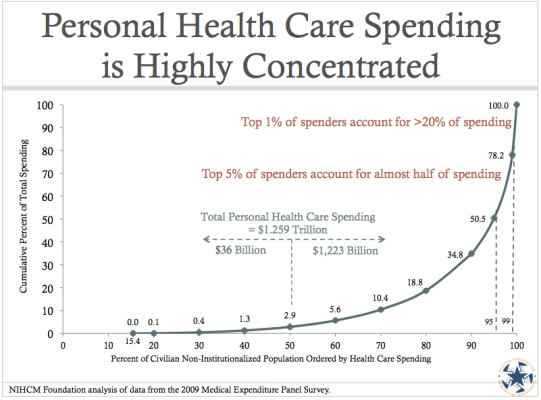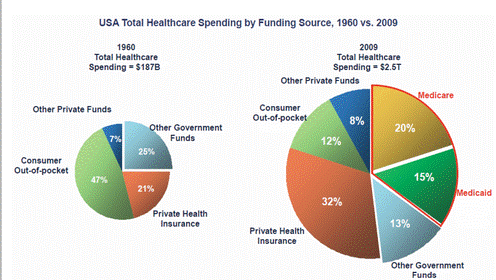Gone4Good
Give me a museum and I'll fill it. (Picasso) Give me a forum ...
- Joined
- Sep 9, 2005
- Messages
- 5,381
For example, should a smoker who has failed/refused to quit for 10 years despite the strong recommendation of his treatment team be afforded the same cardiac or lung health care as a nonsmoler? Overweight diabetics? Nobody has the right to tell me to put down that jelly doughnut--but maybe they do if they are paying for my care.
I don't think we'll ever go the route of denying people health care simply because they've made bad decisions - at least I hope we don't. But that doesn't mean we can't have penalties and incentives built into a system. Plenty of insurance arrangements are already offering rewards for quitting smoking and joining healthly lifestyle programs.


